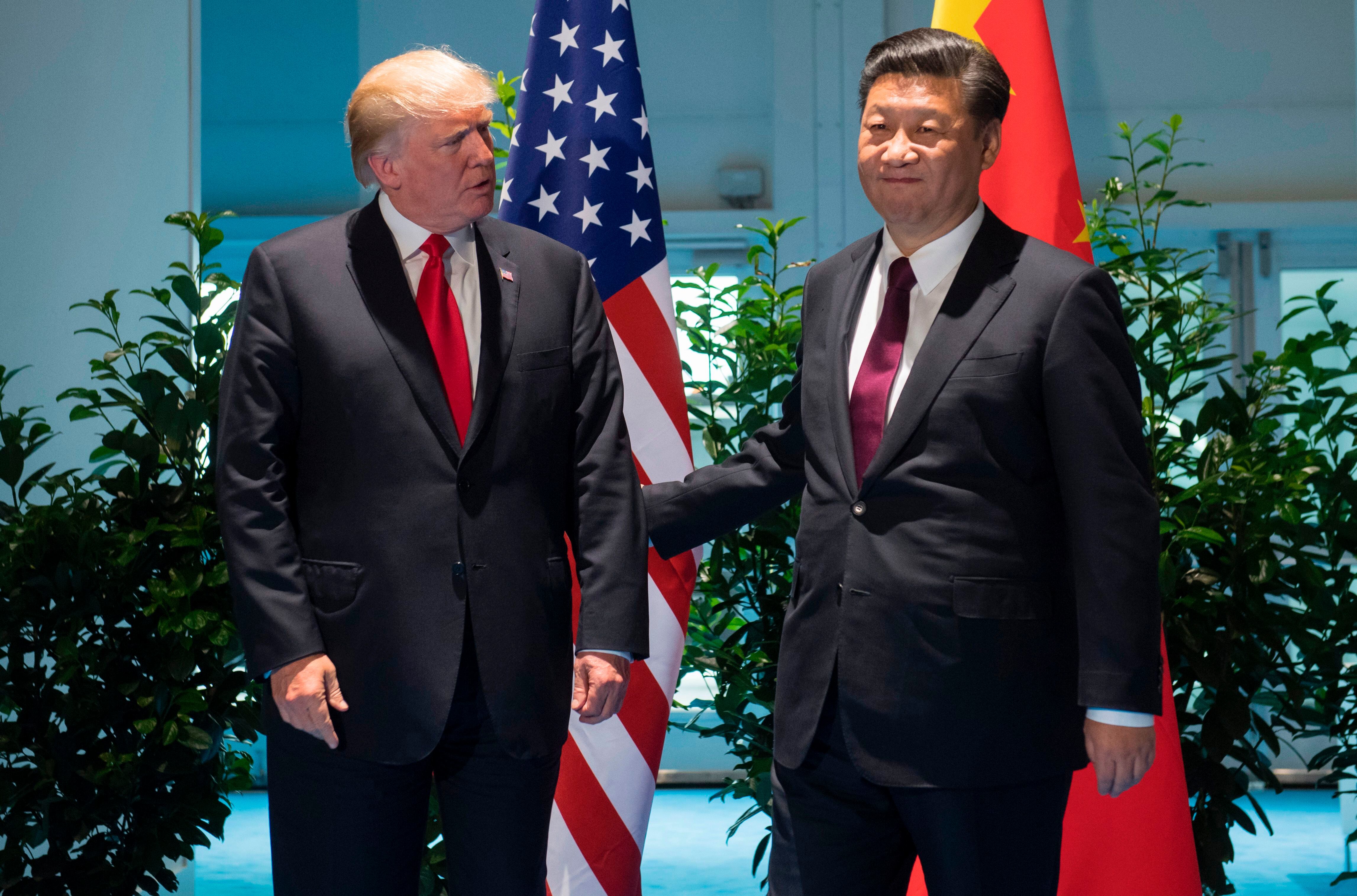On the morning of Sept. 11, 2001, America awoke the undisputed superpower, commanding advantages across all dimensions of national power.
America boasted unprecedented diplomatic and military strength. Our companies dominated the U.S.-developed internet, spreading soft power at light speed. Our economy was 32 percent of global gross domestic product, the federal budget generated surpluses and the national debt was less than $6 trillion. A true “near peer” was laughable.
This strategic advantage eroded as America fixated on a small, at times lethal, band of extremists. These same fanatics and a purported threat of weapons of mass destruction were invoked to invade Iraq. For 17 years, these non-existential threats have been America’s strategic distraction, leading to where our National Defense Policy states we face great power “competitor” nations.
What happened? While we continue to fight the global war on terror, China won it.
Winning a war commonly means emerging better than the enemy. But winning also can mean using a war to gain strategic advantage. One can say Japan won World War I when it used the European powers’ distraction to expand in the Asia-Pacific region, something reversed at the cost of allied blood and treasure during World War II.
China has used the United States’ GWOT distraction to pursue strategic advantage, with spectacular results. In 2002, China jettisoned its policy of the “peaceful rise of China” and doubled down on its quest to close gaps with America by using deliberate policies coordinated across society and government.
Geopolitically, China expanded its sphere of influence. It flaunted international law, seizing and ecologically destroying South China Sea reefs to build outposts it later militarized, providing footholds in the middle of one of the world’s busiest shipping lanes. America protested, but GWOT commitments precluded any tangible show of force.

Simultaneously, China is expanding its influence with money and labor to build “One Belt, One Road,” tying regional trade to its economy and creating dependent client states. Meanwhile, the United States negotiated, and then abruptly abandoned, the Trans-Pacific Partnership, meant to counterbalance Chinese efforts.
RELATED

Militarily, while America burned resources fighting the GWOT, China transformed via a 600 percent increase in military spending and targeted investments into an emerging peer, projecting power across the Asia-Pacific and beyond. It developed a stealth fighter, built its own supercarriers and exceeded America in critical technologies like hypersonics.
But China’s real focus is its aggressive challenge of America’s true source of strength — our dynamic economy. Through strategies including Made in China 2025, an industrial policy of aggressive cybertheft, predatory investment strategies and forced intellectual property transfer for access its domestic market, China advanced.
China primed its innovation pump, sponsoring students at full tuition in the West’s best colleges and universities, as U.S. students struggle with spiraling costs. On the lower end of the market, China subsidizes producers and undercuts competition, driving out U.S. competitors and creating supply-chain dependencies.
It increasingly controls the network infrastructure and the information that flows through in key regions of the world, including Latin America. In the information age, China made its play for information dominance.
China’s actions created the world’s second-largest economy. Its strategy led to economic addictions and dependencies from full-tuition students at U.S. universities, to Western manufacturers using cheap Chinese components, to economically developing nations (like Sri Lanka) struggling to pay off development projects while their trade flows become inextricably tied to the Chinese market.
China’s done this through coordination at the very top, through aggressive implementation of its policies where “every player in China’s economy — public or private — is ultimately linked to national objectives,” as noted in a study by the Bay Area Council Economic Institute. Abandoning any pretense at a “peaceful rise,” China shifted to the “Chinese Solution,” extolling the superiority of China’s one-party system and hybrid economy.
RELATED

While China rose, a distracted America atrophied, typified by the depletion of more than 2,000 diplomats, 40 percent of Air Force fighters and 15 percent of Navy ships. The internet thrives, but like elsewhere, China uses laws and national corporate champions to exclude or hinder Chinese market access while winning market share globally. The U.S. economy shrank below 25 percent of global GDP. And, perilous for future investment, national debt is accelerating past $21 trillion with trillion-dollar deficits on the horizon.
China may have won the GWOT, but that needn’t be the end of the story.
America is waking up. Our National Defense Strategy is the first truly strategic one in more than a generation, a modern Mr. X article. Economically, the administration and Congress are acting in areas such as trade practices and restrictions on predatory investment, albeit without strategic alignment.
These are first steps in a multi-generational, whole-of-society effort to re-secure our strategic focus and shared dynamism. What’s required now is real bipartisan leadership, a clear vision and a deliberate strategy. All efforts must remind us that to win, all Americans must be a part.
Retired Col. Wesley Hallman is the senior vice president of policy at the National Defense Industrial Association. He served in the U.S. Air Force for 27 years.







